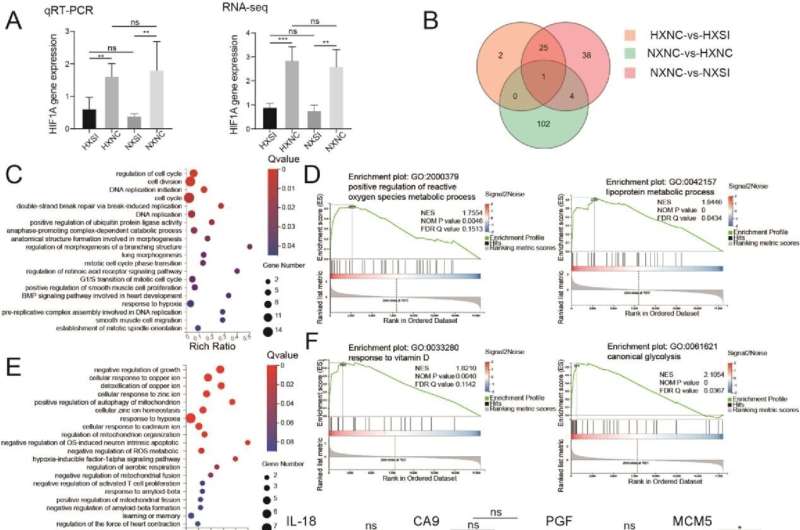
In a rapid communication published in the journal Genes & Diseases, researchers from Chongqing Medical University and Yongchuan Traditional Chinese Medicine Hospital of Chongqing have unveiled crucial insights into the factors that might influence Intervertebral Disk Degeneration (IDD).
IDD is a predominant cause of lower back pain, impacting millions worldwide. The focus of this research revolved around nucleus pulposus cells (NPCs), pivotal in IDD, and how oxygen levels and the HIF1A gene could influence them. Employing advanced RNA sequencing (RNA-seq), the team meticulously captured a comprehensive transcriptome of NPCs exposed to different oxygen conditions and instances of HIF1A deletion.
The study leveraged tissues sourced from patients who had given informed consent before undergoing surgery. The efficacy of HIF1A modifications was authenticated using q-PCR, leading to a deeper understanding of the gene expressions under varying conditions. Significantly, the team spotlighted the potential role of oxygen concentration and the HIF1A gene in determining the behavior of NPCs, particularly emphasizing its implications on lipid metabolism.
These insights might provide a more comprehensive understanding and inform novel therapeutic approaches for IDD in the future. However, as is the norm in scientific discovery, while these results shed light on mechanisms of IDD and NPCs, further investigations are essential to validate the findings and translate them into clinical applications.
Source: Read Full Article
